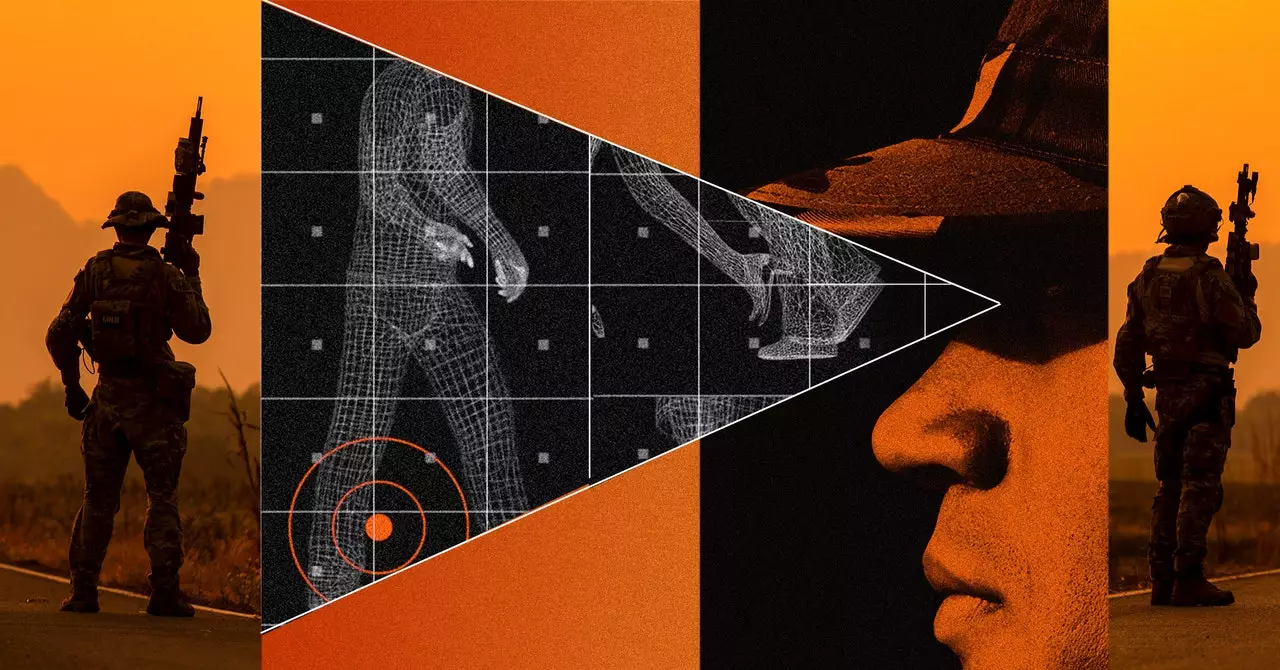As the day transitions into night, American special operators find themselves in a densely populated urban area in a politically volatile region. The local activity has intensified recently, leading to concerns about potential threats in the city. With vague intelligence about the heightened threat level, the team needs to maintain a low profile to avoid drawing hostile elements towards them. To assess the situation, the operators decide to adopt a cautious approach. By blending in with the crowd instead of wearing conspicuous tactical gear, they aim to gather information discreetly.
The concept of the Hyper-Enabled Operator (HEO) was first introduced to the public in 2019 by officials from SOCOM’s Joint Acquisition Task Force (JATF) for Small Wars Journal. This concept serves as the successor to the Tactical Assault Light Operator Suit (TALOS) initiative, which was launched in 2013 with the aim of equipping US special operations forces with an advanced protective suit reminiscent of Iron Man. While the TALOS project faced challenges and was eventually discontinued in 2019, it paved the way for the development of the HEO concept.
The primary objective of the HEO concept is to provide warfighters with cognitive superiority on the battlefield. Rather than focusing solely on physical enhancements such as armor and weaponry, the HEO concept emphasizes bolstering situational awareness and decision-making capabilities. By leveraging cutting-edge technology, operators equipped with HEO systems are expected to outperform their adversaries by processing information rapidly and making informed decisions in real-time.
To achieve the desired cognitive overmatch, the HEO concept involves equipping operators with advanced communication devices and sensor systems integrated into a sophisticated computing architecture. This setup allows operators to gather and analyze pertinent data in any environment, even in areas with limited connectivity. The data is then presented to the operator through a user-friendly interface like a head-up display, streamlining the decision-making process.
While the TALOS project focused on physical protection through armored suits, the HEO concept shifts the emphasis towards leveraging technology for enhanced cognitive abilities. The goal is to enable operators to make well-informed decisions swiftly, giving them an edge in complex and dynamic operational environments. By tightening the OODA loop (observe, orient, decide, act), operators can stay ahead of the enemy and respond effectively to evolving situations.
The evolution of US special operations forces towards the hyper-enabled operator concept signifies a shift towards leveraging technology and data for strategic advantage on the battlefield. By prioritizing cognitive overmatch and situational awareness, operators can navigate challenging scenarios with confidence and agility. As the future of warfare unfolds, the role of hyper-enabled operators will become increasingly vital in addressing the ever-changing nature of global threats.


Leave a Reply